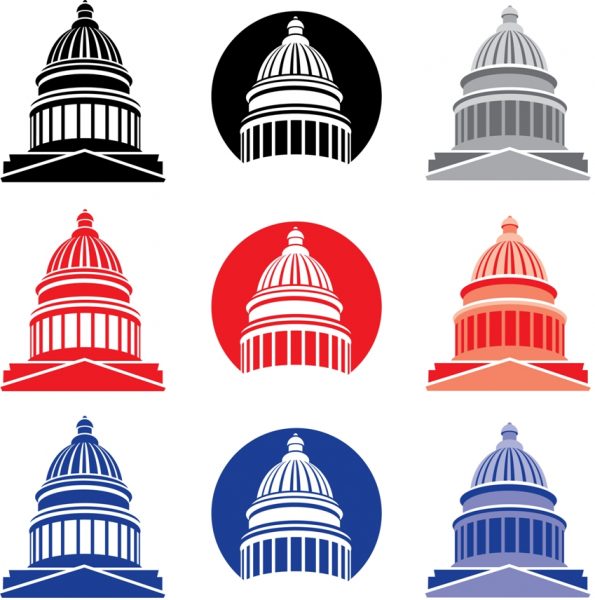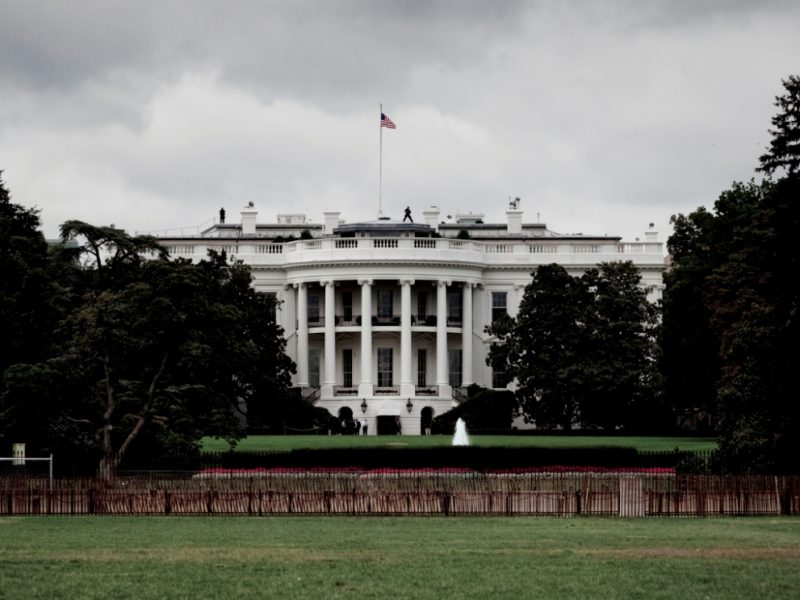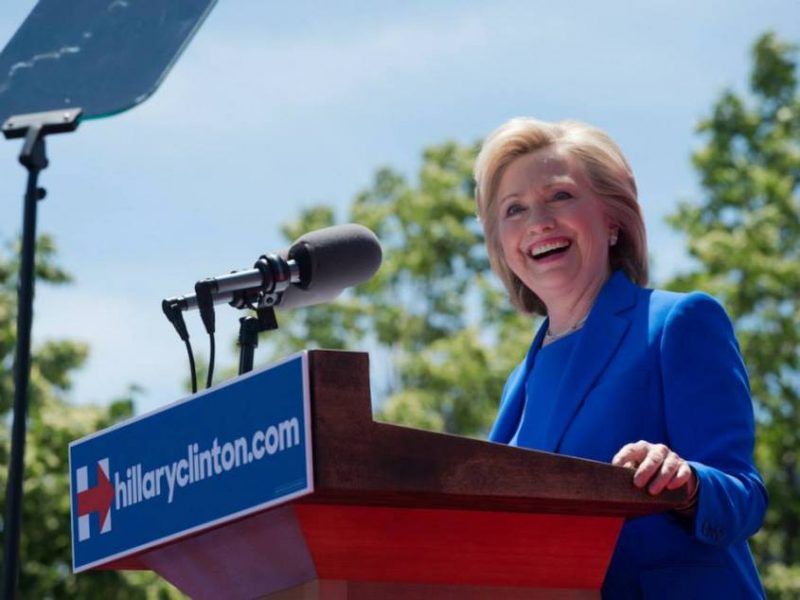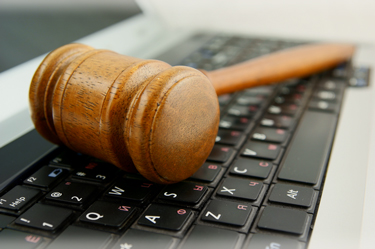
Like many of you, we are transfixed by Donald Trump’s ascendance to the top of the Republican Party. His boldness has dominated the GOP Presidential campaign. His Twitter stream keeps him at the top of the news. His message resonates with millions. Watching the GOP grapple with this startling situation provides an insightful lesson in messaging.
Consistent messaging is an essential part of reputation management. That means presenting a unified brand—and a clear and distinct identity–all the time, across every platform. Once that unified brand is established, it can be amplified. That ensures your audience will encounter your brand in mainstream media outlets, at the top of Internet searches and on social media.
Like political campaigns, successful reputation management programs share three factors in common:
- The campaign begins by identifying the image you want to project.
- That image is authentic. (Otherwise, your audience won’t find it credible.)
- That image is expressed through a clear message that is transmitted across all the platforms where it will reach the audience that matters most to you.
Donald Trump’s message is clear. But the Republican Party’s is less so. Division within its ranks has led to an identity crisis that helped fuel Trump’s rise. (Even the Koch Brothers, the Party’s most important supporters, have been utilizing a PR campaign to reboot their image.) It will be fascinating to watch how the Republican Party resolves this issue after the GOP Presidential candidate is officially announced this week.




